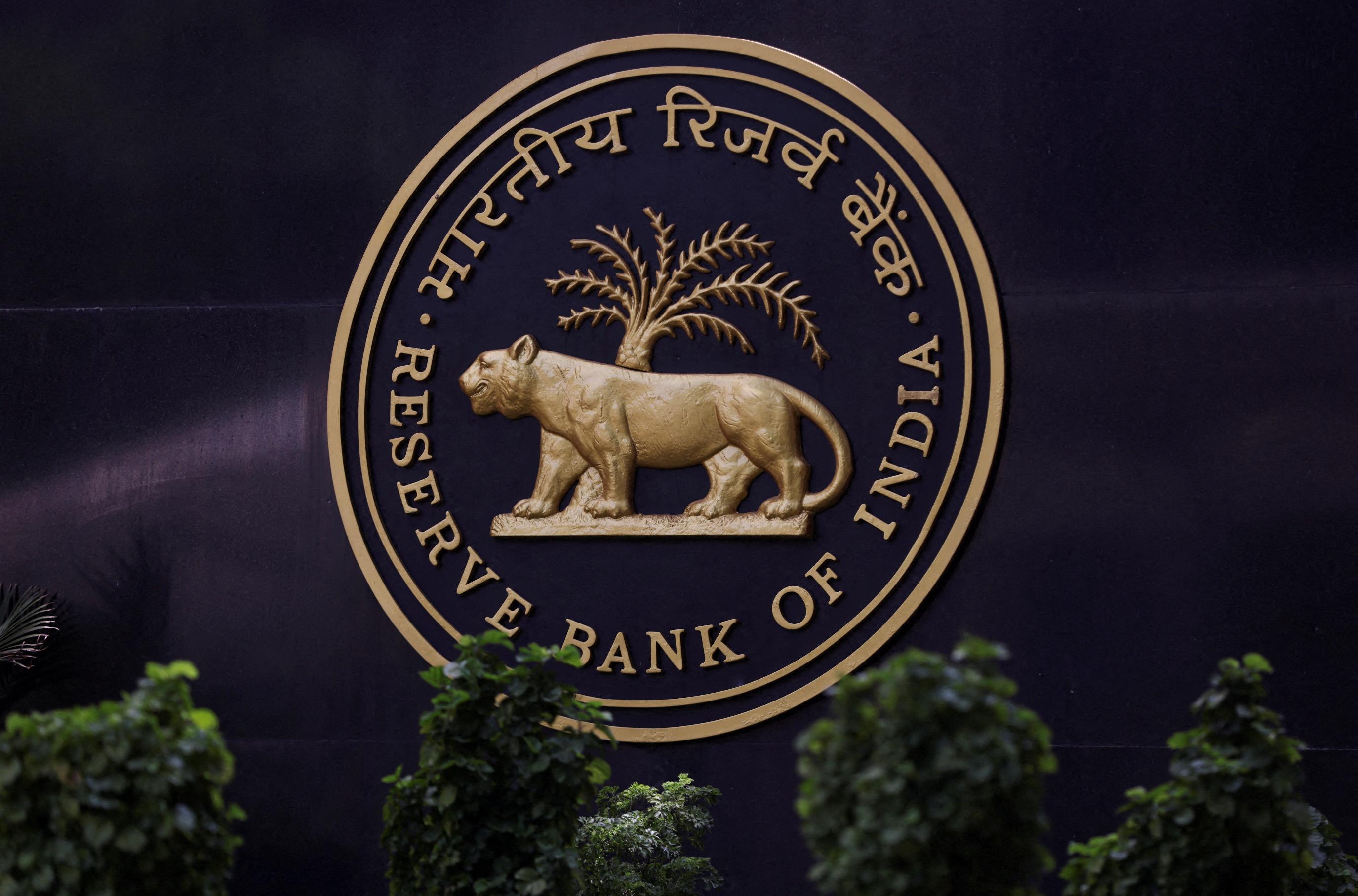
2024-08-23 18:07
Fed's rate cut signal to give BOJ respite in weak-yen battle BOJ Ueda reaffirms rate-hike path, with eye on unstable markets Diverging Fed, BOJ policy paths may keep markets jittery Politics, fragile Japan economy to complicate BOJ rate hike plan JACKSON HOLE, Wyoming, Aug 23 (Reuters) - The U.S. Federal Reserve's dovish shift will likely give the Bank of Japan some respite in its battle to tame a weak yen, but could complicate its efforts to raise interest rates if the two central banks' diverging policy paths keep markets jittery. At an annual symposium in Jackson Hole, Wyoming, Fed Chair Jerome Powell said on Friday "the time has come" to cut rates as rising risks to the job market left no room for further weakness, offering an explicit endorsement of an imminent policy easing. The remarks came hours after BOJ Governor Kazuo Ueda told parliament that while the BOJ will keep an eye out on the fallout from unstable markets, it will continue to hike rates if inflation remains on track to durably hit its 2% target. The yen rose against the dollar after Ueda's remarks and extended its gains on those from Powell, as markets focused on prospects of a narrowing U.S.-Japan interest rate gap. "The yen buying today is understandable given Governor Ueda showed very little sign of a shift in the views and plans of the BOJ following the financial market turmoil earlier this month," said Derek Halpenny, head of research global markets EMEA at MUFG, in a note to clients. The Japanese currency's rebound comes as a relief for the BOJ, which has been under political pressure to stem its falls that hurt consumption by inflating imported food and fuel costs. But the BOJ's rate hike path is full of uncertainty as Japan swims against the global rate-cut tide, which could leave its currency and stock prices susceptible to wild swings. Having seen market rupture after the BOJ's July rate hike, the Japanese central bank already feels the need to tread slowly and carefully. "Markets at home and abroad remain unstable, so we will be highly vigilant to market developments for the time being," Ueda said on Friday, adding that big market swings may affect policy decisions if they alter the board's inflation projections. Domestic political considerations also complicate the BOJ's rate hike path as Prime Minister Fumio Kishida, who appointed Ueda to the top BOJ post, is set to step down and pass the baton to the winner of a ruling party leadership race in September. While most leading candidates to succeed Kishida have embraced the BOJ's plan for moderate rate hikes, it is uncertain whether the new premier will support higher borrowing costs if volatile markets weigh on corporate profits. "With so much uncertainty, the BOJ probably won't be able to take bold steps," said former BOJ board member Makoto Sakurai, ruling out the chance of another rate hike this year. "Until the domestic political situation stabilises, the BOJ might find it hard to raise rates," he said. A latest poll by Reuters showed a majority of economists expect the BOJ to hike rates again this year, but more see the chance of it happening in December rather than October. FRAGILE ECONOMY A RISK The BOJ's surprise decision to hike rates in July and Ueda's signal of further rate hikes jolted financial markets earlier this month, forcing his deputy to offer dovish reassurance that no hikes will be coming until markets stabilise. The key message from Ueda's remarks in parliament on Friday was that while the BOJ will be in no rush to hike rates, the market rout won't derail its longer-term plan to keep pushing up borrowing costs, said two sources familiar with its thinking. Big data analysis of recent BOJ commentary underscores the bank's rate-hike stance with its bias on inflation remaining "very positive," said Jeffrey Young, chief executive officer of DeepMacro, a U.S. fintech firm that conducts AI-driven analyses of economic indicators and policymakers' comments. "Could we get another one by the end of the year? Well, probably. I think that's what the model is saying," he said on the chance of another rate hike by the BOJ. "If you have inflation and growth on the firm side, and you have BOJ rhetoric still biased to say that inflation and growth are both okay, the only thing that would really stop it from raising rates would be market fallouts." Some analysts, however, are more cautious about the strength of Japan's economy. While consumption rebounded in the second quarter, rising living costs have weighed on household sentiment. A U.S. slowdown could also weigh on exports. "Domestic demand is very weak," said Sayuri Shirai, an academic at Keio University in Tokyo. "From an economic perspective, there's little reason for the BOJ to raise rates." Sign up here. https://www.reuters.com/markets/feds-dovish-shift-mixed-blessing-boj-rate-hike-plan-2024-08-23/
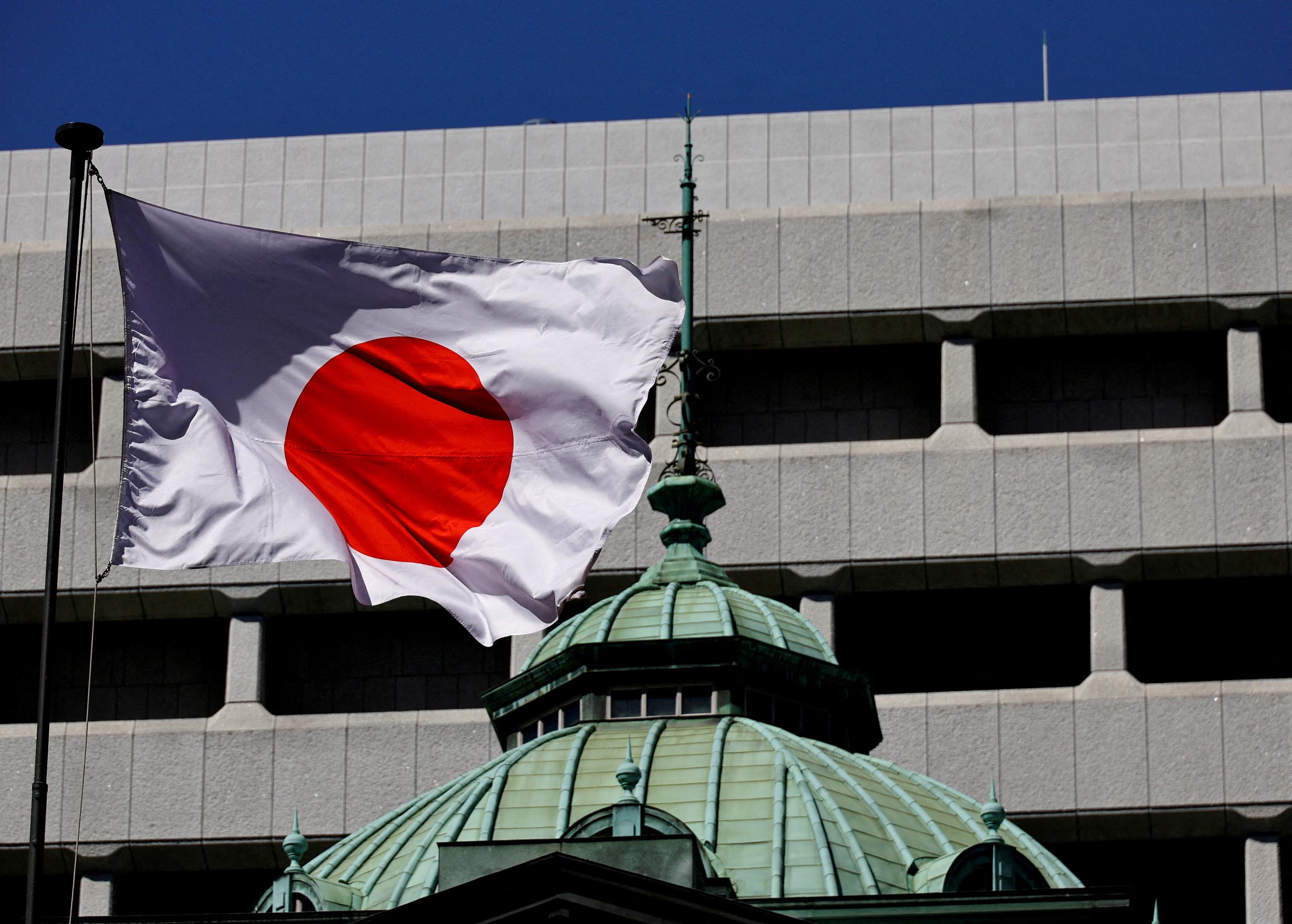
2024-08-23 14:50
Aug 23 (Reuters) - Sterling climbed to a more than two-year high on the dollar on Friday, on recent signs of strength in the UK economy and dovish comments from Federal Reserve Chair Jerome Powell that sent the dollar sliding against several global currencies. Britain's pound jumped 0.7% to $1.3185, touching its highest since late March 2022. It surpassed a previous 13-month high of $1.3144. The dollar index , that tracks the greenback's performance against six major currencies, dropped 0.5% after Powell said "the time has come" to adjust policy and promised to do all he can to avoid further weakening of labour markets. "I think initially the market is really going to be dovish, taking interest rates down and taking the dollar down," said Marc Chandler, chief market strategist at Bannockburn Global Forex. Following Powell's remarks, traders priced in a bigger chance of a super-sized 50 basis point rate cut at the U.S. central bank's September meeting. Sterling has been among the top performing major currencies this year, picking up steam in the last two months after a slew of stronger-than-expected economic data suggested the BoE need not be in a rush to cut interest rates. Latest numbers showed British consumer confidence held at an almost three-year high in August. A survey on Thursday showed UK business activity accelerated in August and cost pressures eased to their weakest in over three years. The latest milestone for sterling marks a turnaround since late 2022 when worries about soaring inflation and sluggish growth were compounded by then Prime Minister Liz Truss' economic plan that put Britain's fiscal health at risk. The currency touched a record low of $1.0327 in September 2022, and has recovered about 27% since then. However, it remains down about 38% from a record high touched in 2007 before the global financial crisis. After Powell's remarks, the focus for the pound shifts to Bank of England (BoE) Governor Andrew Bailey, who is set to speak at the symposium at 1900 GMT. "Bailey does not have to deal with aggressively dovish pricing (-39bp by year-end), but the UK still needs to gain much more confidence on the inflation front," ING FX strategist Francesco Pesole said. The BoE cut its Bank Rate to 5.00% from a 16-year high of 5.25% in early August, and market pricing shows traders see at least one more rate cut this year. The Fed, on the other hand, is seen cutting rates by at least 25 bps in each of the three meetings that is left this year. Euro/sterling fell to a three-week low, to trade down 0.3% at 84.66 pence per euro. Sign up here. https://www.reuters.com/markets/currencies/sterling-climbs-highest-since-march-2022-against-dollar-2024-08-23/
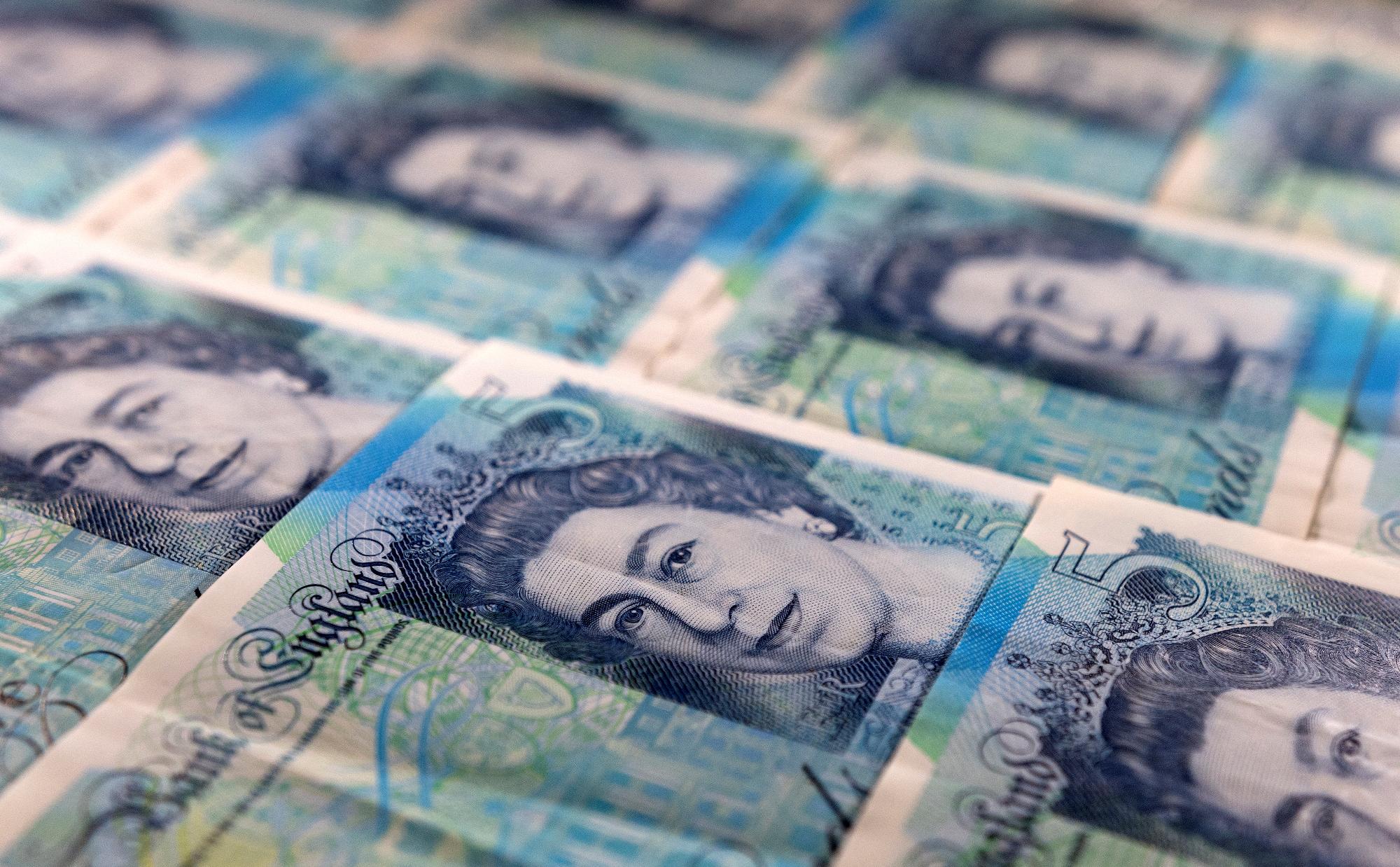
2024-08-23 14:36
JACKSON HOLE, Wyoming, Aug 23 (Reuters) - As inflation fell fast in 2023 and continued to slow this year, Federal Reserve officials were cheered that the steam seemed to come out of the U.S. economy not through rising unemployment but rather a decline in the large number of job openings businesses posted during the peak of the pandemic-era labor shortage. But the economy may now be near a tipping point where a continued drop in job openings will translate into faster increases in unemployment, an argument in favor of the Fed beginning to cut interest rates to guard the labor market, according to new research presented on Friday at the Kansas City Fed's annual economic conference in Jackson Hole, Wyoming. "Policymakers face two risks: being too slow to ease policy, potentially causing a 'hard landing' with high unemployment ... or cutting rates prematurely, leaving the economy vulnerable" to rising inflation, economists Pierpaolo Benigno of the University of Bern and Gauti B. Eggertsson of Brown University wrote in their research paper. Based on their new analysis of the job market, "our current assessment suggests the former risk outweighs the latter." Fed officials appear to have reached the same conclusion, with reductions to the U.S. central bank's benchmark policy rate expected to begin at the upcoming Sept. 17-18 meeting and likely continue in subsequent sessions. Still, the new research adds further detail to several ongoing Fed debates by combining in a single economic model two key relationships; one between the unemployment rate and rate of inflation, known as the Phillips Curve, and one between the job vacancy rate and the unemployment rate, known as the Beveridge Curve. The paper suggests, for example, that when labor markets are loose, policymakers can continue to regard supply shocks as of less consequence to underlying inflation and to appropriate monetary policy. It takes a combination of supply problems and tight labor markets, they conclude, to generate the sort of persistent inflation surge the U.S. just experienced. It also adds a dose of caution to a debate that has been underway at the Fed now for years over what constitutes the maximum level of employment that is consistent with the central bank's 2% inflation target - Congress has made the Fed responsible for both objectives - and what risks policymakers may need to take with the job market to keep inflation low and stable. The answer, the research suggests, is that it depends heavily on the underlying demand and supply of labor, which Benigno and Eggertsson capture by focusing less on the unemployment rate itself and more on the ratio of job openings to the number of people looking for work. When the number of openings and the number of unemployed jobseekers is close to balance, taming an inflation outbreak involves a large rise in joblessness, as happened in the 1970s when the U.S. experienced high inflation and unemployment simultaneously. When the labor market is tight, by contrast, with demand for workers high relative to their numbers, "the cost of reducing inflation in terms of increased unemployment is relatively low," the researchers concluded. The job-openings-to-unemployed metric became important in recent U.S. central bank discussions, a focus of policymakers and Fed Chair Jerome Powell in particular when it spiked above the 2-to-1 mark during the reopening from the COVID-19 pandemic, with firms posting two jobs for every available body. RISKS OF RUNNING 'HOT' Analysis by Fed Governor Christopher Waller and staff economist Andrew Figura in 2022 suggested that bringing that ratio closer to balance could lower inflation without the unemployment rate rising much, if at all, a counter to predictions by other top economists that unemployment rates as high as 10% might be needed to tame the worst U.S. inflation outbreak in 40 years. Their findings have been proven in practice, with the ratio now down to 1.2, the Fed's preferred measure of inflation down to 2.5% from a peak of more than 7% in June of 2022, and the unemployment rate until recently remaining below 4%. Yet even the current ratio is above the one-to-one level that the researchers say seems to mark the breakpoint - at least approximately - between labor market conditions that generate inflation and those that don't. Since World War One, they found, most inflation outbreaks have involved job openings rising above the number of people who are out of work and looking for a job. After years of persistently low inflation and falling unemployment in the decade before the pandemic, Fed officials had felt they could potentially run the economy "hot," to the benefit of workers, with little chance of rising prices. The new research suggests there are risks in that approach. The researchers also warn that if the openings-to-unemployed ratio continues to slide, the economy is at a point where unemployment could rise fast, a fear Waller himself has recently raised. In the current situation, they project the Fed could achieve its inflation objective, with the number of job openings in balance with the number of unemployed, at a jobless rate of around 4.4% - still below the long-term average for the U.S. but significantly higher than the experience of the past roughly two years. Once the one-to-one threshold is passed, "further reductions in inflation are likely to be more costly," they wrote, with a job openings-to-unemployed ratio of 0.8 - with fewer jobs than people looking - causing unemployment to rise above 5%. Sign up here. https://www.reuters.com/markets/us/us-job-market-may-be-near-tipping-point-research-shows-2024-08-23/
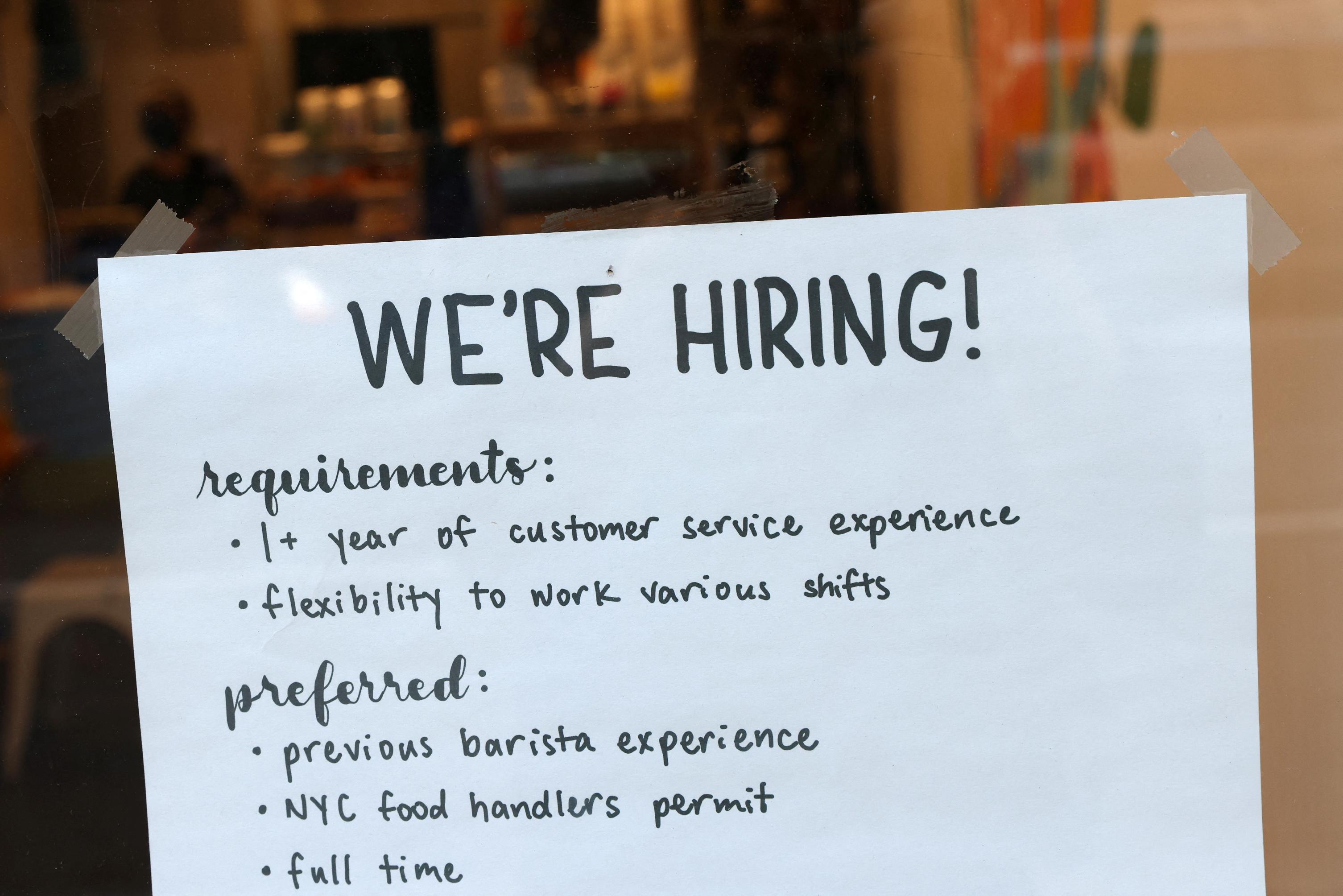
2024-08-23 14:27
Aug 23 (Reuters) - Sterling rose to a more than two-year high versus the dollar on Friday, as investors took comfort from signs of strength in the British economy at a time when the United States is expected to soon embark on a series of interest rate cuts. Britain's pound rose 0.48% to $1.3160, touching its highest since April 2022. It surpassed a previous 13-month high of $1.3144. The pound's rise marks a turnaround for a currency that in 2022 sank to record lows following the UK's mini-budget crisis. Sign up here. https://www.reuters.com/markets/currencies/sterling-rises-highest-over-two-years-versus-dollar-2024-08-23/
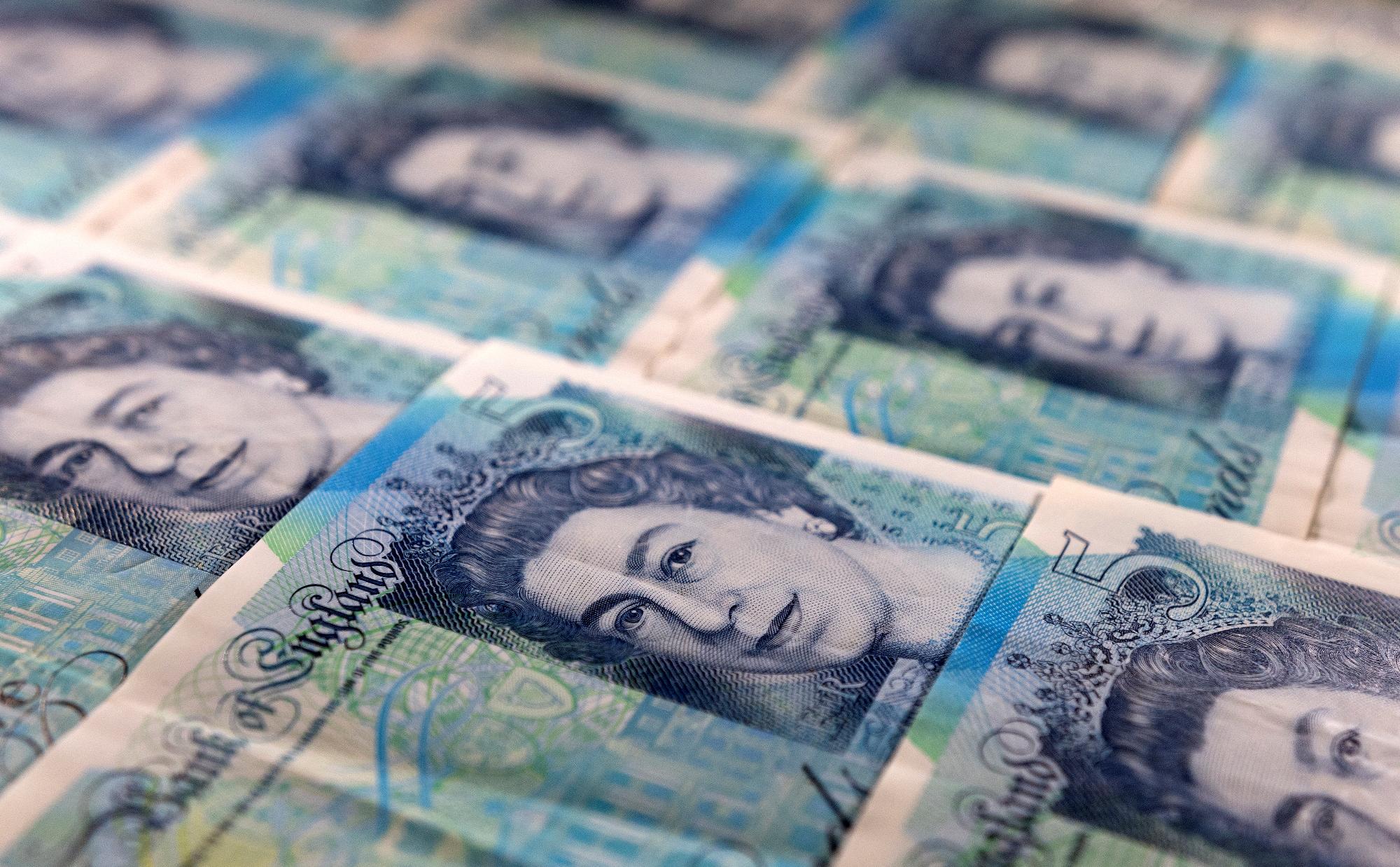
2024-08-23 13:01
FRANKFURT, Aug 23 (Reuters) - Deutsche Bahn's logistics unit Schenker has received final bids from Danish transport firm DSV (DSV.CO) , opens new tab and a consortium led by CVC Capital Partners (CVC.AS) , opens new tab, with each valuing the business at around 14 billion euros ($15.6 billion), two people familiar with the matter told Reuters. The divestment of Schenker, which has over 70,000 employees in 130 countries worldwide including around 15,000 in Germany, could be one of the largest transactions in Europe this year. The CVC consortium also submitted an option that could see the German government reinvest with a minority stake, potentially taking its offer up to 16 billion euros, the people said, speaking on condition of anonymity. CVC's long-term plan is to list the business on the Frankfurt Stock Exchange, one of the people said. The private equity firm will guarantee that Schenker's headquarters remain in Germany and that it will maintain its brand, the people said. While DSV can promise synergies as a freight forwarder, this could come at the cost of jobs and locations, they added. Deutsche Bahn is evaluating the final two offers and will need to discuss them with the government, with a decision expected in the coming weeks, the people said. "The most important criterion remains that a sale must be economically advantageous for the railway," a spokesperson for Deutsche Bahn said, declining to comment further. CVC and DSV declined to comment. The state-owned German railway wants to sell Schenker in order to concentrate on upgrading rail transport in Germany and reduce debt of more than 30 billion euros. The sales process is scheduled to close formally in 2025. Previous bidders, including shipping firms Maersk (MAERSKb.CO) , opens new tab and Bahri, dropped out of the race in July. Reuters reported in May that CVC is working on its bid in consortium with Singapore sovereign wealth fund GIC and the Abu Dhabi Investment Authority (ADIA), which will act as equity providers in the transaction. ($1 = 0.8992 euros) Sign up here. https://www.reuters.com/markets/deals/cvc-dsv-submit-final-bids-around-156bln-deutsche-bahns-schenker-sources-say-2024-08-23/
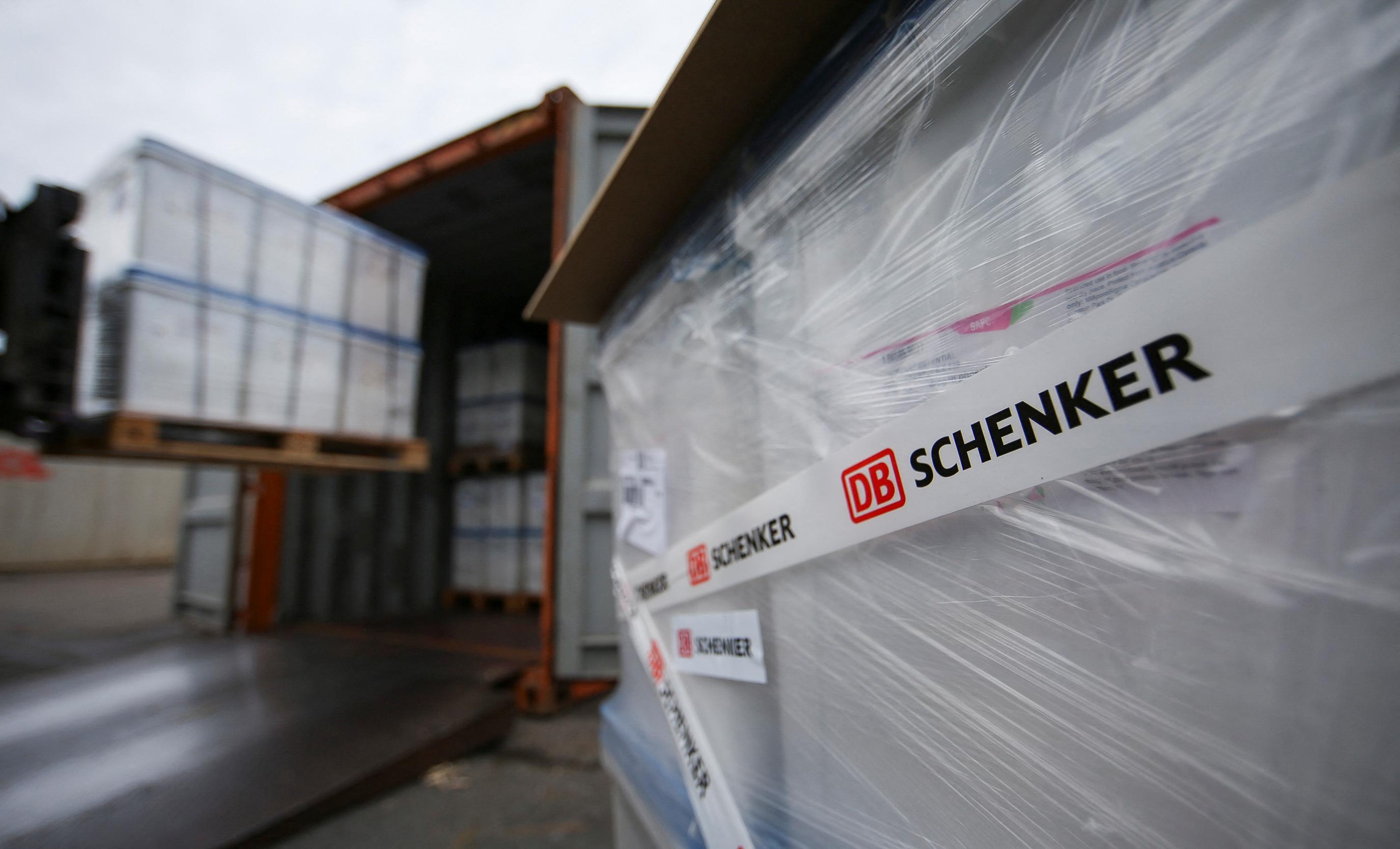
2024-08-23 12:49
MUMBAI, Aug 23 (Reuters) - Headline inflation impacts Indians directly and should be retained as the target for monetary policy rather than switching to core inflation, external members of the central bank's rate panel told Reuters. A suggestion was made in the government's official annual economic report last month to target inflation excluding volatile food prices, which are driven more by supply shortages. The idea has ignited a debate in India over the appropriate target for monetary policy. India adopted the inflation targeting framework in 2016, setting a 4% headline inflation target for the central bank's rate setting panel. The target has limited interest rate cuts as rising food prices have kept headline inflation above 4%, even though core inflation has fallen to record low levels of around 3%, prompting analysts to call on the Monetary Policy Committee (MPC) to focus on the latter. Shashanka Bhide, an external member of the Reserve Bank of India's MPC, said it is necessary to look at the whole consumption basket to gauge the actual price pressures in the economy. "If we use a partial basket for a target then it would not reflect the overall price pressures and if the target is the core alone, then it should in some way capture the trend of food inflation or fuel inflation if not the volatility," Bhide said in an interview with Reuters. The MPC - which comprises three Reserve Bank of India officials and three external members appointed by the government - has held the key repo rate steady at 6.5% for nine straight meetings now, citing persistently high food prices. Growth in India's economy is seen slowing to 7.2% in the current fiscal year from 8.2% last year. Jayanth Varma, a second external MPC member, who has voted for a 25 basis point rate cut for four straight meetings told Reuters that while he supports rate cuts, as an MPC member he would not comment on whether the target must be switched as it is a mandate given by the government which the MPC must conform to. "It would not be appropriate for the MPC to suggest changing the goal post when high food inflation is making it difficult to reach the target," he said. "One of the key questions for the MPC is whether high food inflation would spill over into core inflation, and this concern would remain if the target were changed to core," Varma added. Ashima Goyal, the third external member, who has also voted for a cut for two meetings now said research has shown the headline inflation rate moves towards core inflation in India over the longer term. "Headline is the inflation that impacts the public more. But I think the MPC should pay more attention to core inflation," she said. The current rate panel has had to contend with headline inflation being above the 4% target for most of their tenure due to high food and fuel prices. Goyal said that if the MPC was targeting core inflation, it would have opened up room to lower interest rates. Varma differed, saying the numerical value of the core inflation target could have been different, so it was not possible to say with certainty where the repo rate would be. Sign up here. https://www.reuters.com/world/india/india-should-retain-headline-inflation-target-external-rate-panel-members-say-2024-08-23/
